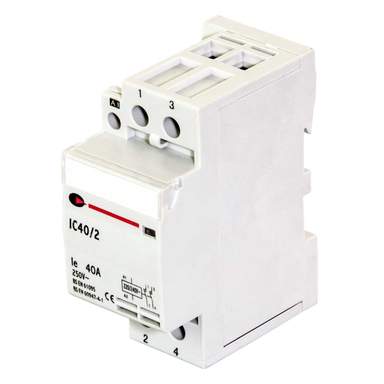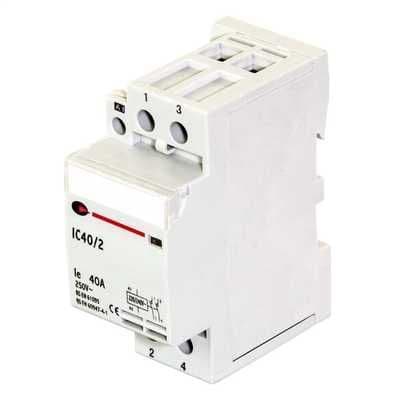- Reaction score
- 9
I built a panel for brewing and tried it out yesterday, it's is designed to power a 6kw element in a a 70 litre stainless kettle. It ran great doing a 66 degree mash controlled by the PID for 60 minutes, all other controls like pump control, amp and flow meters ran like a dream. When I stepped up to 100 degrees I could smell burning then the trip switch went. The burning was the coil relays (from China) melting. I have two SSR's fitting with each having a heat sink, I fitted a PC cooling fan on the element heat sink. Could this have caused an issue? I have been told to replace the coil relays with 2 pole 40 amp contactor 240V, will this solve my issue. I have attached my wiring diagram does it look right and how would I rewire the new contactors? Any advice would be greatly appreciated!






















